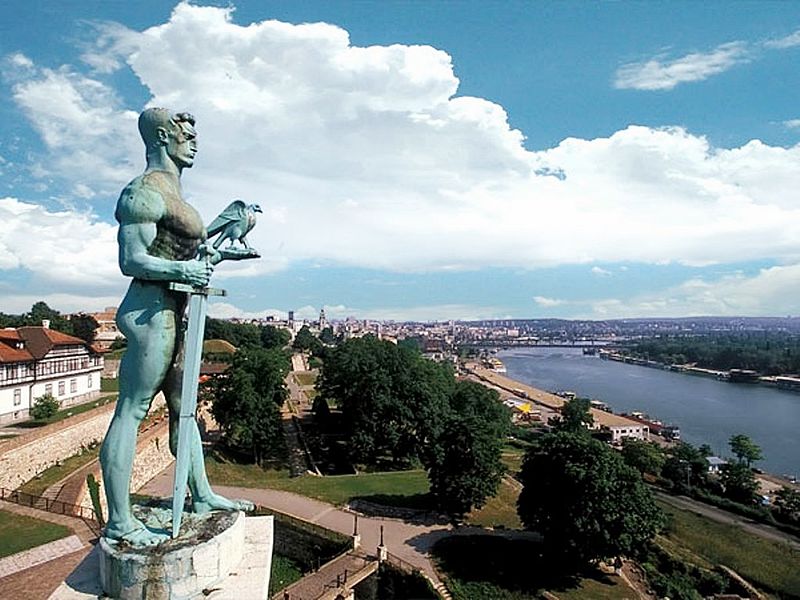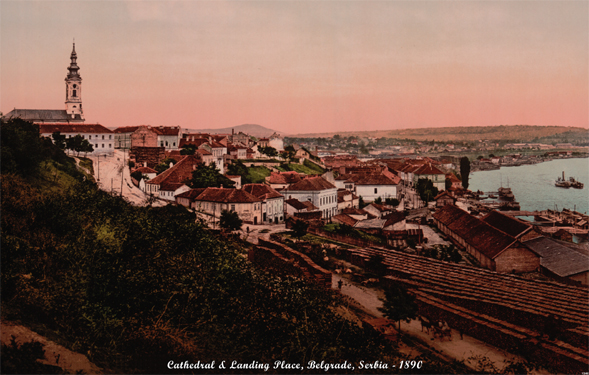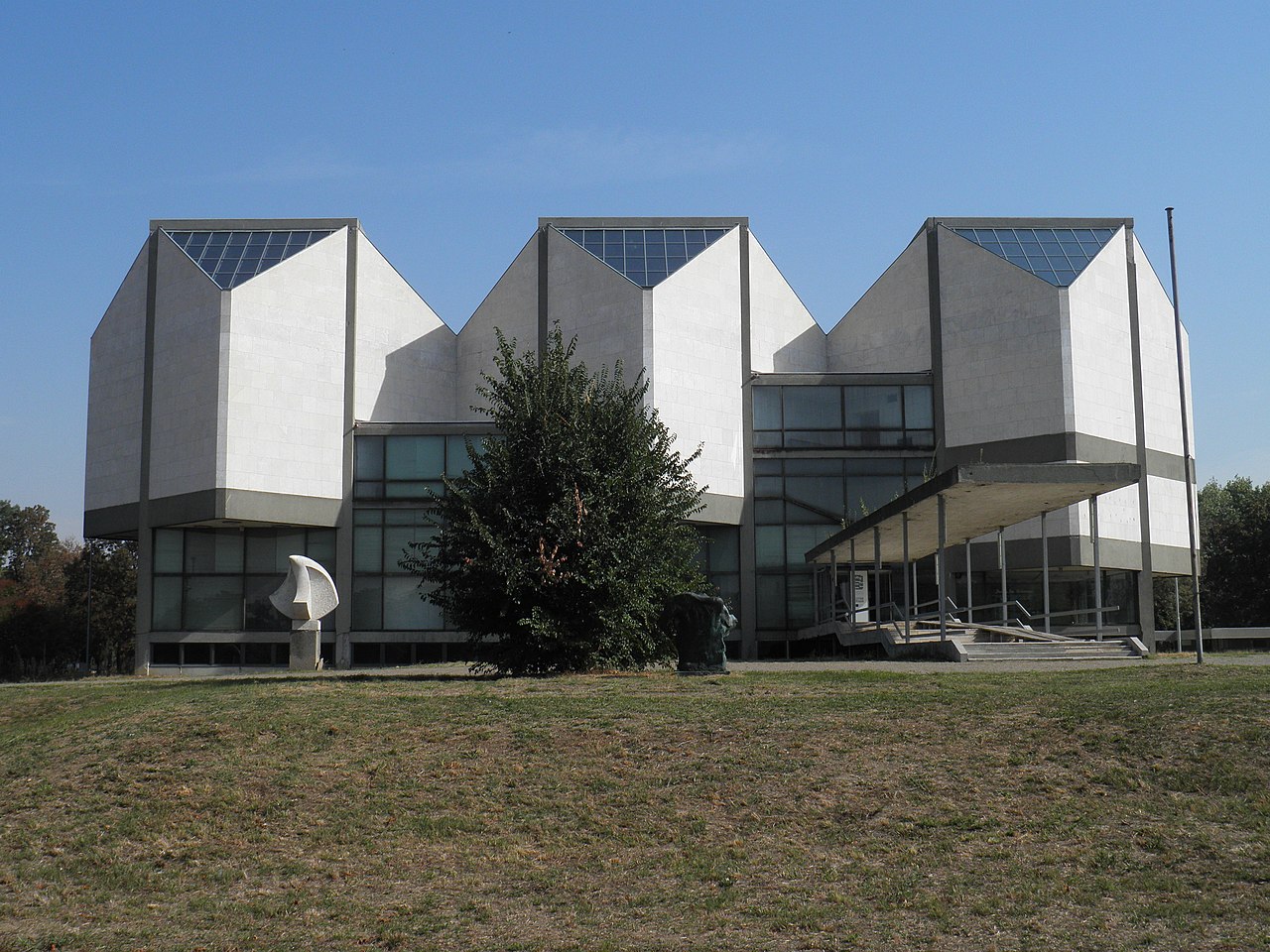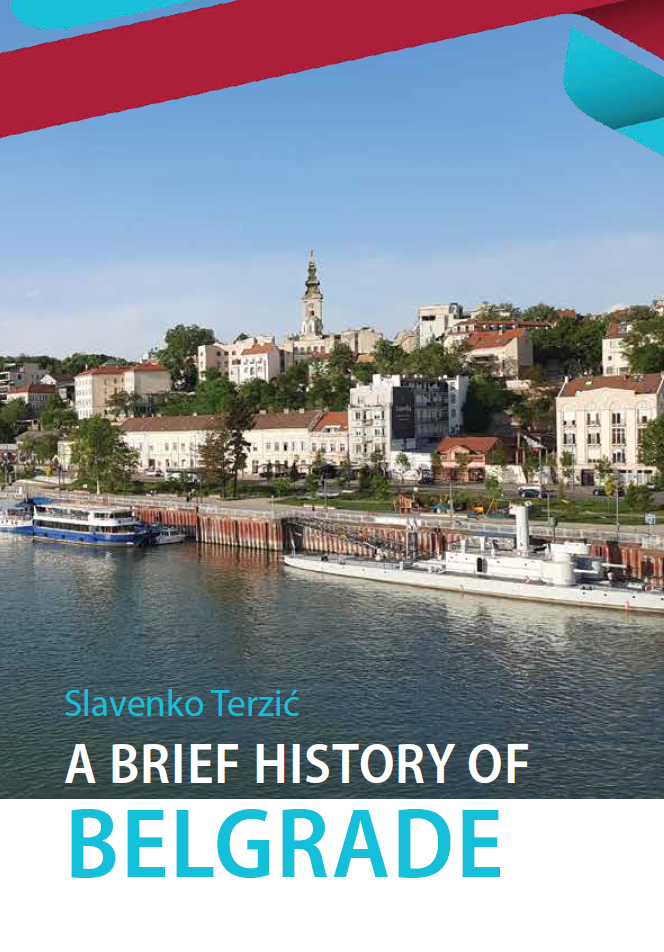Belgrade from the rivers
Perhaps the most beautiful part of any trip, and why we often return to many cities, is that a person can experience one city in many ways. We often visit cities on individual or organized walking tours because that is how we expose our senses to the greatest number of new experiences. However, cities can be seen in many ways, and the unwritten rule is that the bigger the city, the greater the number of possibilities for experiencing it.
Among the alternative ways to enjoy the city, i.e., its history, architecture, and culture, are, among other things, cycling or scootering, public transportation (say, the Belgrade tram No.2 going in a circle), cars, and even running. However, not every city is lucky enough to be able to offer a river tour to its citizens or visitors. Fortunately for everyone who finds themselves in Belgrade, Belgrade provides that option. And that should not be surprising: Belgrade was built on the banks of two rivers whose confluence is in its center and has always been a strategically important place. In this series of blogs, we bring you the ten most interesting buildings that can be seen during the boat tour, and we reveal to you the importance of these buildings for both Belgrade and Serbian cultural heritage. This blog tells stories about three buildings: the Pobednik (Victor) Monument, the Cathedral, and the Museum of Contemporary Art.
Of course, many more things can be seen on a boat tour in Belgrade, and we will write about them in the future. The next blog will write about Belgrade bridges and their captivating histories.
THE VICTOR (Pobednik)
Today, Kalemegdan is one of the most popular parks, with dozens of museums and monuments on its territory. Among the most important are the military museum and the gallery of the Natural History Museum, as well as two important monuments: the Monument of Gratitude to France and, of course, the Victor. It is "The Victor," the timeless ingeniosity of Ivan Mestrovic, that is visible from the water, looks different, and maybe even more beautiful when viewed from the water or the other side of the river.

The Victor has been one of the symbols of Belgrade since its installation, and according to some sources, it is the most photographed monument in Belgrade. Many anecdotes and historical facts are connected to him. One of the facts is that the construction of the memorial began before the beginning of the First World War, in 1913, and that the building was completed in 15 years, several court proceedings, and countless newspaper articles later. Only in 1928, "Victor" will look at Ušće for the first time. Also, Pobednik was initially supposed to be on today's Terazije, and it was supposed to have a fountain as its basis. Among the more famous anecdotes is that the women protested because of the nudity of the monument and that it was not placed where it was originally intended. That is historically unlikely, given that women in the Kingdom of Yugoslavia did not significantly influence political decision-making. However, the press at the time dealt with the nudity of Pobednik, so various witty solutions were proposed, including dressing the monument following the weather conditions.
CATHEDRAL CHURCH
Across from the Patriarchate is the Cathedral Church of the Holy Archangel Michael, or simply the "Cathedral Church." Aside from the exciting history of the church building itself, we find the significance of the Cathedral in the fact that the relics of important personalities from Serbian history are kept in the Church. Currently in the Cathedral are the relics of St. Knez Stefana Štiljanovića, St. King Lazarus (Sv. Car Lazar), and St. John of Shanghai (Jovan Sangajski), and St. Tsar Uroš. However, throughout history, the relics of St. Tsar Lazar of Kosovo, St. Tsar Uroš the Fifth (the Weak), but also the relics of St. Petka Trnova, and others.

In addition to the saints, Vuk Karadzic's graves are at the Cathedral's gates, the Serbian language's reformer, and Dositej Obradovic, the first Serbian educator, minister of education, and founder of the Great School.
Inside the Church is the tomb of the Obrenović family, where the remains of Miloš and Mihailo Obrenovic rest. Important church people, including Patriarch, also have graves in the Cathedral.

MUSEUM OF CONTEMPORARY ART
Although Belgrade has an undoubtedly long history and occupies an important place in European and world history, not everything in it is so old and trapped in a distant epoch. On the contrary, Belgrade has always been one of the important cultural centers and a meeting place for contemporary artists, so it is not surprising that the most important museum of modern art in the former Yugoslavia is located in Belgrade. Given the museum's location and the unusual architectural solution, the museum is often referred to as a "crystal at the confluence".

Over 35,000 works of art created not before the beginning of the 20th century are located in the Belgrade Museum of Contemporary Art, and every year the museum is visited by about 100,000 people. The Collection of the Museum is divided into several subcollections. Painting are divided in two groups: paintings painted between 1900 and 1945 make up the first group, and paintings created after 1945 make up the second subcollection. Museum also has a rich collection of sculptures, drawings, prints, and the collection of new art media.













